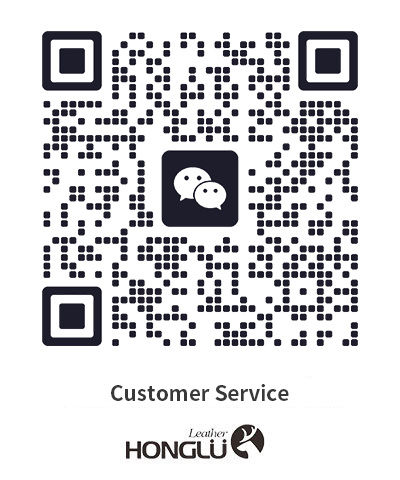02
2025
-
08
Exploring the Benefits and Applications of Recycled PU Leather
Recycled PU leather, a material gaining traction in the textile industry, represents an exciting development in the realm of sustainable textiles. This innovative material is produced by repurposing post-consumer items, often including plastic waste or leftover polyurethane scraps. By converting these materials into usable PU leather alternatives, manufacturers are not only reducing landfill waste
Recycled PU leather, a material gaining traction in the textile industry, represents an exciting development in the realm of sustainable textiles. This innovative material is produced by repurposing post-consumer items, often including plastic waste or leftover polyurethane scraps. By converting these materials into usable PU leather alternatives, manufacturers are not only reducing landfill waste but also minimizing the demand for new raw resources.
One of the primary advantages of recycled PU leather is its environmental impact. Unlike traditional leather, which often involves resource-intensive processes and ethical concerns regarding animal welfare, recycled PU leather offers a more sustainable and humane option. It retains many of the desirable characteristics of conventional leather, such as durability, water resistance, and aesthetic appeal, while being made from recycled materials.
In addition to its eco-friendliness, recycled PU leather is incredibly versatile. It can be used in a wide range of applications, including fashion accessories, upholstery, and automotive interiors. The adaptability of this material allows designers and manufacturers to create high-quality products without compromising on style or functionality. For instance, fashion designers are increasingly incorporating recycled PU leather into their collections, offering consumers stylish yet sustainable choices.
Moreover, the production process of recycled PU leather often involves lower energy consumption compared to traditional leather manufacturing. This not only contributes to a reduced carbon footprint but also aligns with the growing demand for sustainability in fashion and other industries. As consumers become more environmentally conscious, the popularity of recycled PU leather is likely to continue to rise.
When considering the potential applications of recycled PU leather, it’s essential to note its availability in various textures and finishes, making it suitable for diverse design needs. Whether you are looking for a sleek finish for a handbag or a textured surface for upholstery, recycled PU leather can meet those requirements effectively.
In conclusion, recycled PU leather stands as a testament to innovation within the textile sector, merging sustainability with style. Its eco-friendly production methods, versatility in applications, and alignment with modern consumer values make it a noteworthy alternative to traditional leather. As industries continue to seek out sustainable options, recycled PU leather is poised to play an increasingly significant role in shaping a greener future for textiles.
One of the primary advantages of recycled PU leather is its environmental impact. Unlike traditional leather, which often involves resource-intensive processes and ethical concerns regarding animal welfare, recycled PU leather offers a more sustainable and humane option. It retains many of the desirable characteristics of conventional leather, such as durability, water resistance, and aesthetic appeal, while being made from recycled materials.
In addition to its eco-friendliness, recycled PU leather is incredibly versatile. It can be used in a wide range of applications, including fashion accessories, upholstery, and automotive interiors. The adaptability of this material allows designers and manufacturers to create high-quality products without compromising on style or functionality. For instance, fashion designers are increasingly incorporating recycled PU leather into their collections, offering consumers stylish yet sustainable choices.
Moreover, the production process of recycled PU leather often involves lower energy consumption compared to traditional leather manufacturing. This not only contributes to a reduced carbon footprint but also aligns with the growing demand for sustainability in fashion and other industries. As consumers become more environmentally conscious, the popularity of recycled PU leather is likely to continue to rise.
When considering the potential applications of recycled PU leather, it’s essential to note its availability in various textures and finishes, making it suitable for diverse design needs. Whether you are looking for a sleek finish for a handbag or a textured surface for upholstery, recycled PU leather can meet those requirements effectively.
In conclusion, recycled PU leather stands as a testament to innovation within the textile sector, merging sustainability with style. Its eco-friendly production methods, versatility in applications, and alignment with modern consumer values make it a noteworthy alternative to traditional leather. As industries continue to seek out sustainable options, recycled PU leather is poised to play an increasingly significant role in shaping a greener future for textiles.
Related news
undefined






